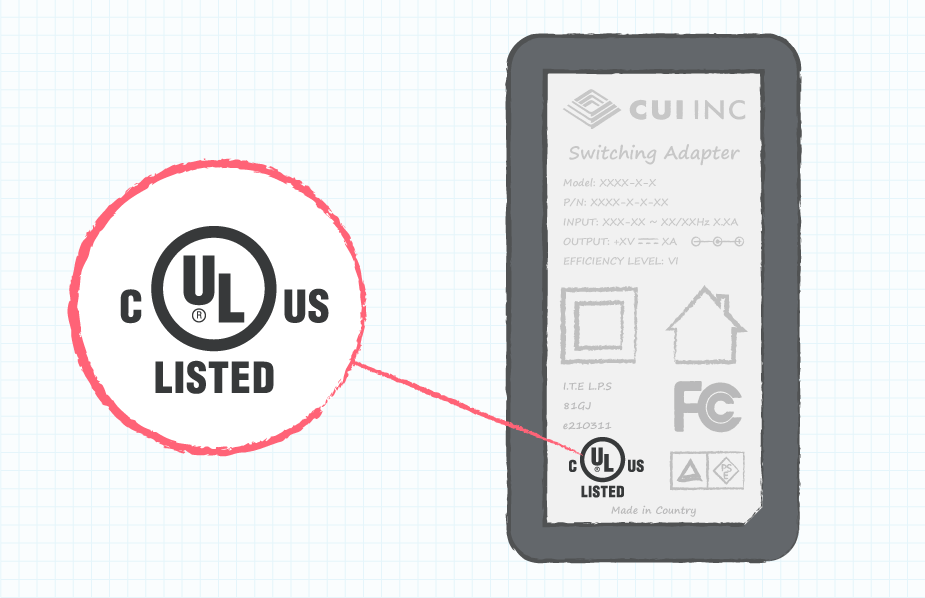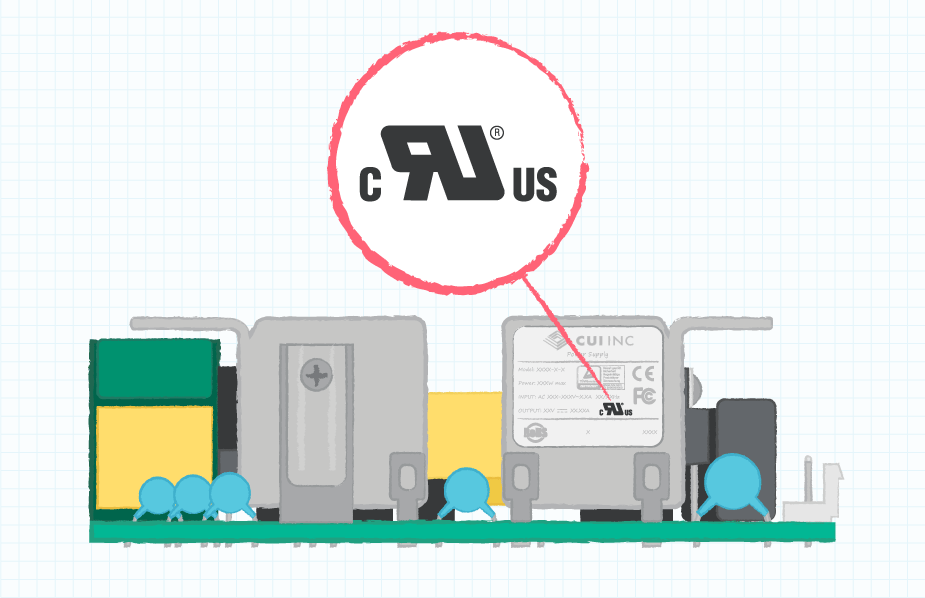October 9, 2020
Confusion often exists regarding, “what is the difference between UL Listed and UL Recognized?”. Check out this Power Blog post, which aims to clarify the ambiguity surrounding these UL certification marks.
Underwriters' Laboratories, or UL as it is universally known, tests and evaluates components and products that allows a certification mark to be placed by the manufacturer. Most common are the "UL Listed" and "UL Recognized" marks. However, the meaning of these two marks is sometimes misunderstood and this blog looks to explain their differences in the world of power supplies. Writen by Bruce Rose.
We have all been guilty of casually talking about safety agency "approvals" for components and products. While there will be testing agencies around the world that use the term UL approved, the US test and certification agency certainly does not. In fact, if you look at their website, the only mention of "approvals" is in examples of incorrect terms. UL avoids the word as a way of indicating that it really is the manufacturer's responsibility to ensure safety and that UL only acts as an auditor to check samples and documentation while making factory visits to confirm that procedures are being followed. The term "certification" is used for some UL marks, but only to communicate that UL has successfully tested a sample product against certain specifications. The term's usage is not meant to imply that it "approves" of the use of the product or component in all potential applications.
While UL and other agencies have taken this stance over many years, recent safety standards reinforce the situation and are now less prescriptive about how products are designed and are more concerned with "hazard-based" use cases. This means that manufacturers must identify how the component or product might present a hazard in its intended application, declare it and test accordingly. Again, the standard is putting the responsibility of safety compliance on the manufacturer to "design it in" and prove it, rather than the safety agency to "test it in" and allow a safety mark. So, "UL Approved" is disallowed and "UL Listed" or "UL Recognized" is used, but what is the difference?
A basic concept is that "Listing" can only refer to stand-alone products with a specific function, tested against UL's published and nationally-recognized standards for safety for a specific category of equipment. The image below shows the "UL Listed" mark with the "C" and "US" adders signifying that Canadian and US cross-certification applies.

"Recognition" is for a component within a system, with the mark below shown again with the "C" and "US" adders. It is argued that power supplies are components - they have no inherent user function, are usually embedded inside other equipment and always need an associated product to perform an end-task. Most power supplies, from on-board dc-dc converters to multi-kilowatt ac-dc power supplies, are classified as "UL Recognized" components. Power supplies achieve UL recognition by evaluation against particular applicable standards, for example, the familiar UL 60950 for IT equipment (soon to be superseded by UL 62368), or UL 60601-1 for medical applications.

UL recognition is for all system components down to the board level, so a "UL Recognized" power supply will normally include components that themselves need UL recognition. These could include "X" and "Y" capacitors and any component that crosses a safety isolation barrier or whose failure could cause a hazard. Recognition requirements will also go down to the materials used in barrier components such as wire and plastics. Even particular groups of materials can have a recognition as an "Insulation System" if they have been evaluated together and produce no short or long-term chemical interaction that is hazardous or detrimental to the safety barrier they comprise.
Back